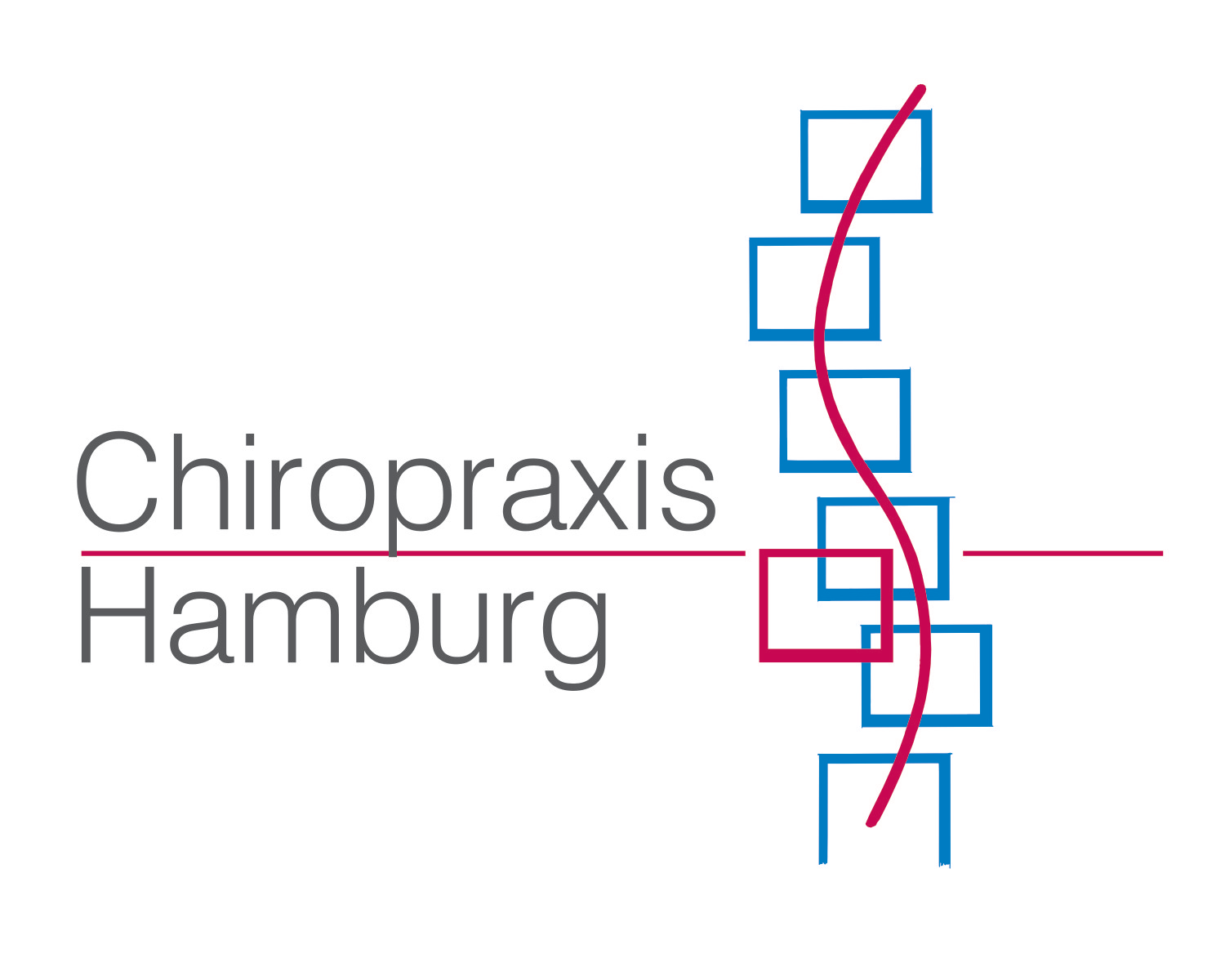Arthritis

Headache
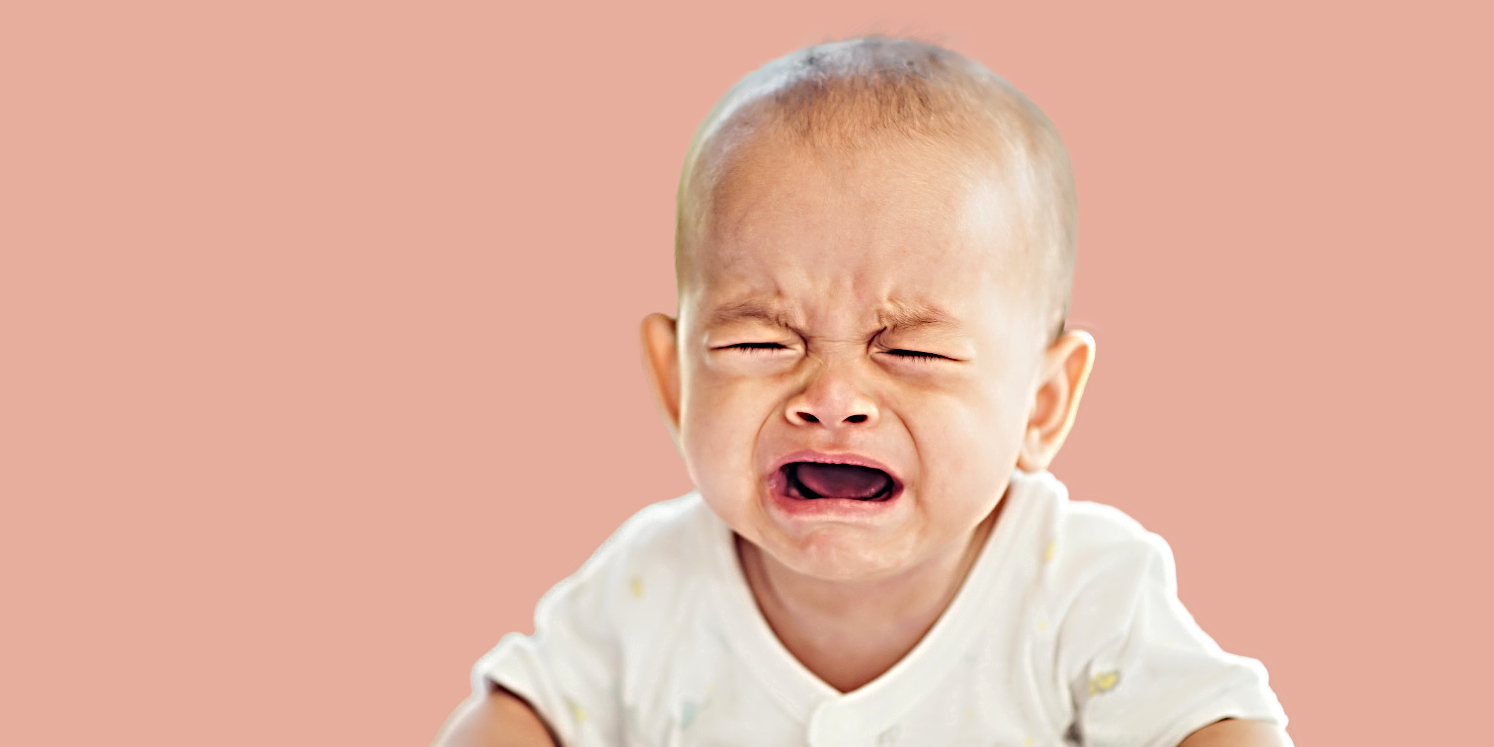
Baby colic

Sport & Extremities

Kids

Other diseases
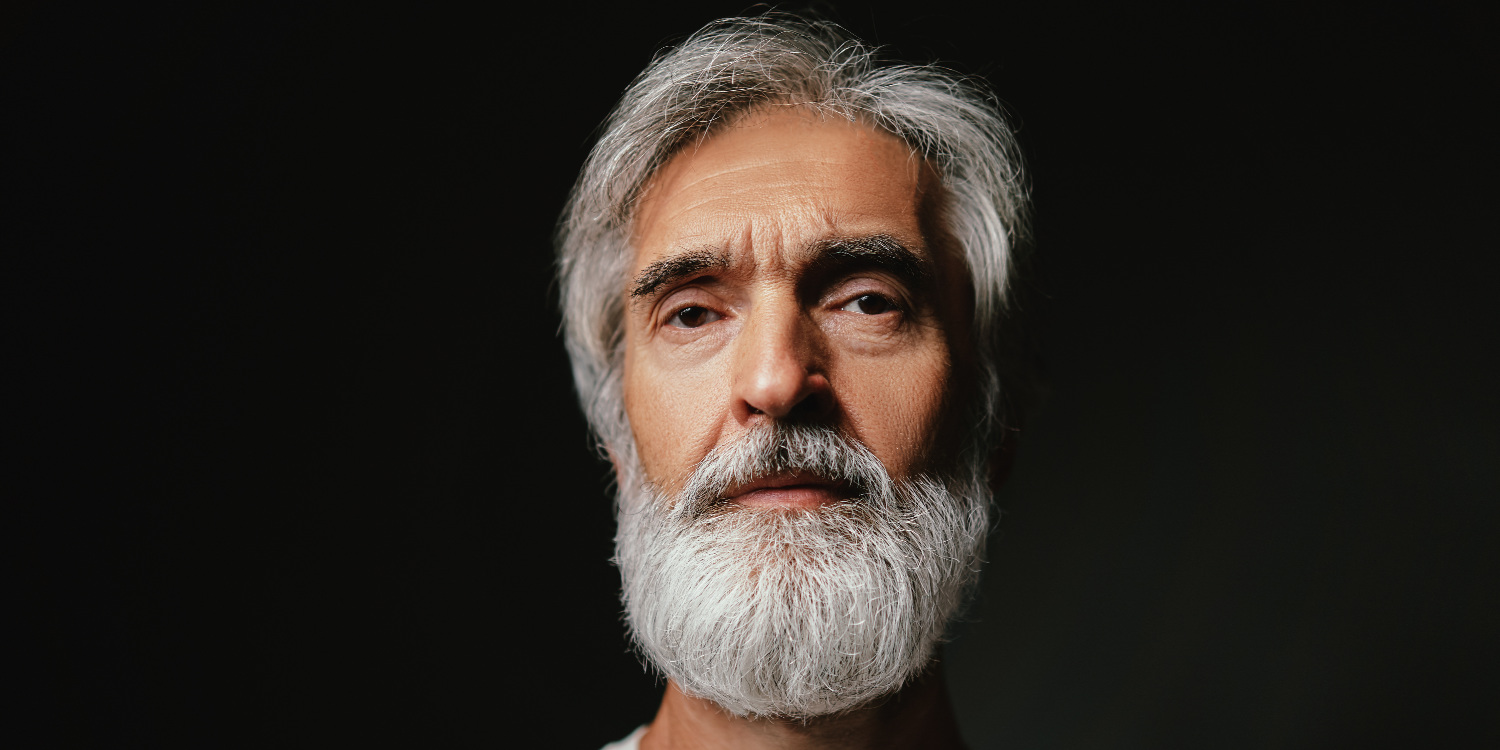
Arthritis
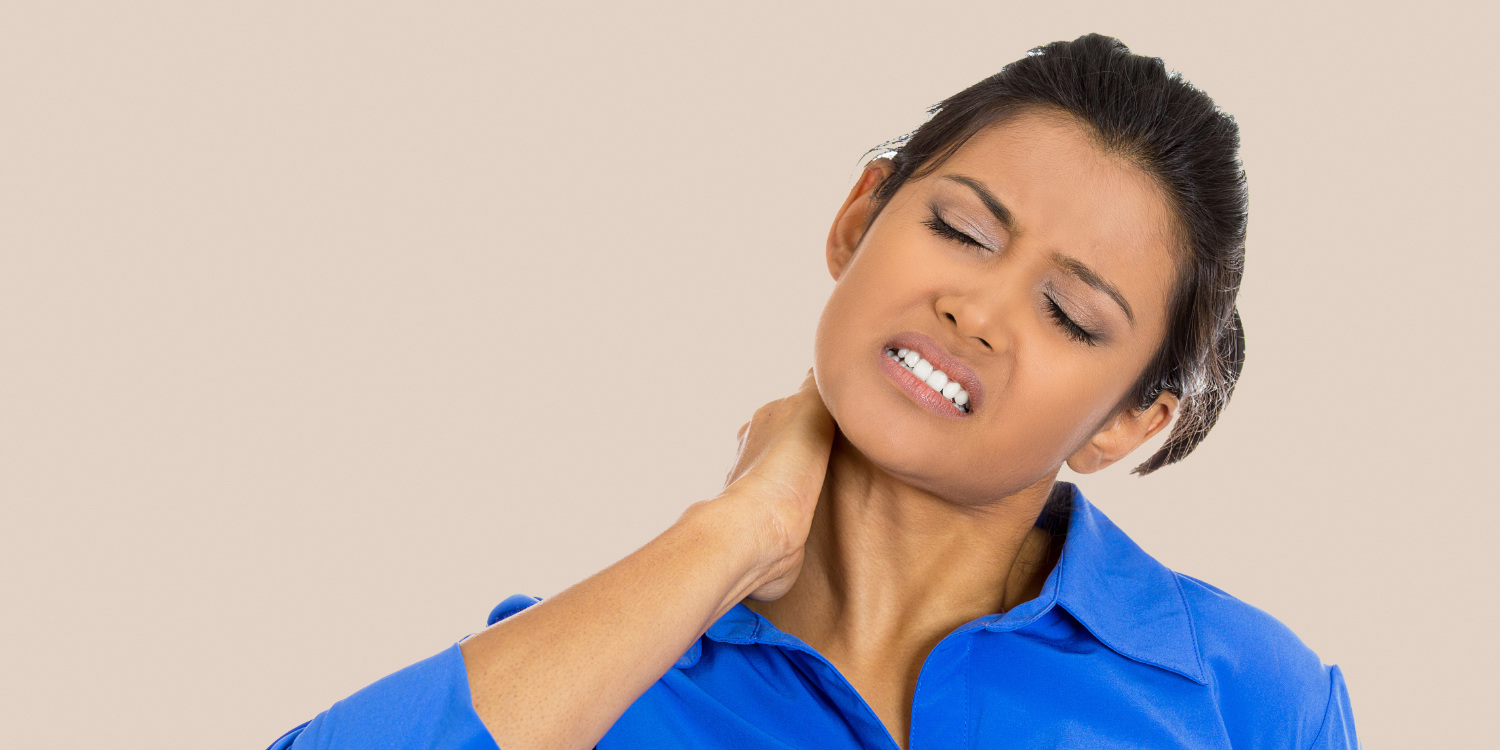
Neck pain

Exercises

Herniated disc

Symptoms
Symptoms of osteoarthritis include pain, restricted mobility and deformation of the affected joints.
The pain does not have to occur directly in the vicinity of the worn joint. For example, pain in the leg, arm or chest is often caused by worn joints in the spine.
This phenomenon is caused by the structure of the joints. Osteoarthritis occurs when cartilage in a joint is blocked. Every joint has this articular cartilage, but as cartilage mass has neither blood vessels nor is it supplied by nerves, no pain can be felt directly at the cartilage.
Pain caused by osteoarthritis therefore does not occur directly in the worn cartilage but in the surrounding structures, such as the bone under the cartilage, the corresponding joint capsule, but also surrounding ligaments, tendons and muscles can cause pain. These structures have to compensate for the limited mobility of the affected joint, which usually very quickly leads to significant overloading of these structures.
Typical signs of the onset of osteoarthritis are pain or a feeling of stiffness after periods of rest, e.g. after standing up. The pain usually improves after a few movements and is also referred to as initial pain. Later in the course of the disease, the pain also occurs with certain movements. As the osteoarthritis progresses, the pain occurs more and more frequently until the patient is no longer pain-free even at rest.
The restriction of movement that occurs with osteoarthritis is the result of several circumstances. Initially, wear and tear results in an irregular joint surface so that smooth movement is no longer possible.
However, the main cause of limited mobility is muscle tension. With these often painful muscle tensions, the body tries to immobilize the worn joint in order to prevent further stress and thus further wear and tear. However, this self-protective measure of the body leads to permanent damage in the long term, as these tensions are not only painful, but also lead to a shortening of tendons and ligaments, which further restricts movement.
However, it is known that if a joint is completely immobilized, the first signs of osteoarthritis are visible after just a few weeks. In this way, a natural relief measure becomes another cause of increased stress on the joints, which ultimately leads to a worsening of osteoarthritis.
Deformations of the spine rarely occur as symptoms of osteoarthritis of the spine. However, deformities are very common in osteoarthritis of the fingers, hips or knees due to changes in the bones as well as muscle shortening and joint capsule shrinkage.
Causes
Osteoarthritis/osteoarthrosis are widespread joint conditions. A distinction is made between two forms of osteoarthritis: primary osteoarthritis usually occurs in older people and is the most common form of osteoarthritis. This is joint wear without reconstructable, previous damage to the joints. This form of osteoarthritis can also be hereditary.
Secondary osteoarthritis can occur in childhood or early adolescence. However, this form of osteoarthritis is always preceded by joint damage. Common causes of secondary osteoarthritis are: untreated spinal and pelvic misalignments, which can lead to wear and tear of the spine and hip degeneration, and obesity, which can lead to osteoarthritis, particularly in the knee joints.
Arthritic changes can be detected on almost all X-rays of the spine of patients over 50 years of age. At this age, arthritic changes are normal but should not be painful in most cases. It is true that there is no cure for osteoarthritis, but most of the pain experienced by patients with osteoarthritis is not caused by the osteoarthritis itself, but by misalignment of the joints.
Theoretically, osteoarthritis can occur in all joints of the body. In practice, however, we find that arthritic changes in the knees, hips and hands, especially in the outermost joints of the fingers and in the root or metacarpophalangeal joint of the thumb, most frequently affect patients in their everyday lives.

Diagnosis
Osteoarthritis is diagnosed using X-rays or CT/MRI scans. For example, osteoarthritis of the spine appears on X-ray as a change in the vertebral body, the arcuate joints of the spine appears on X-ray as a change in the vertebral body, the arcuate joints of the spine and degeneration of the intervertebral disc.
The changes to the vertebral bodies can be recognized as bone outgrowths (osteophytes), often at the front or along the sides of the vertebral edges.
The changes in the arched joints of the spine are similar to those found in the knees, hips or hands. The changes are visible in the form of reduced joint spaces and bone thickening around the joints. The reduced joint spaces of the arch joints are a result of the worn intervertebral disc, so that the vertebrae almost touch each other. This leads to bone thickening at the edges of the vertebrae.
Treatment
To date, there is no treatment that restores the lost articular cartilage.
Since it is not possible to treat the cause, one is forced to concentrate on symptom relief and prevention. Conventional medical treatment of osteoarthritis has therefore focused almost exclusively on pain relief. There are now a large number of gout preparations on the pharmaceutical market. However, the effect of the preparations is almost the same, they usually only differ in terms of side effects.
Chiropractic treatment of osteoarthritis is based on the release of joint blockages. This reduces the strain on the already diseased joints and provides pain relief. The aim of the treatment is to ensure the best possible range of movement between the joints that are not yet affected in order to prevent wear and tear and to keep the joints that are already affected as mobile as possible in order to delay further wear and tear. However, chiropractic treatment not only treats the directly affected and affected joints, but also the tense or even already shortened muscles, tendons and ligaments. When treating the surrounding structures by stretching, a distinction is made between passive and active stretching.
The passive form of stretching is performed by the chiropractor, but in order to achieve satisfactory results, the patient should support the treatment with daily stretching exercises.
However, the most important task of the chiropractor in the treatment of osteoarthritis is to diagnose and treat joint changes in their early stages before they lead to osteoarthritis.
Theoretically, osteoarthritis can occur in all joints of the body. In practice, however, we find that arthritic changes in the knees, hips and hands, especially in the outermost joints of the fingers and in the root or metacarpophalangeal joint of the thumb, most frequently affect patients in their everyday lives.
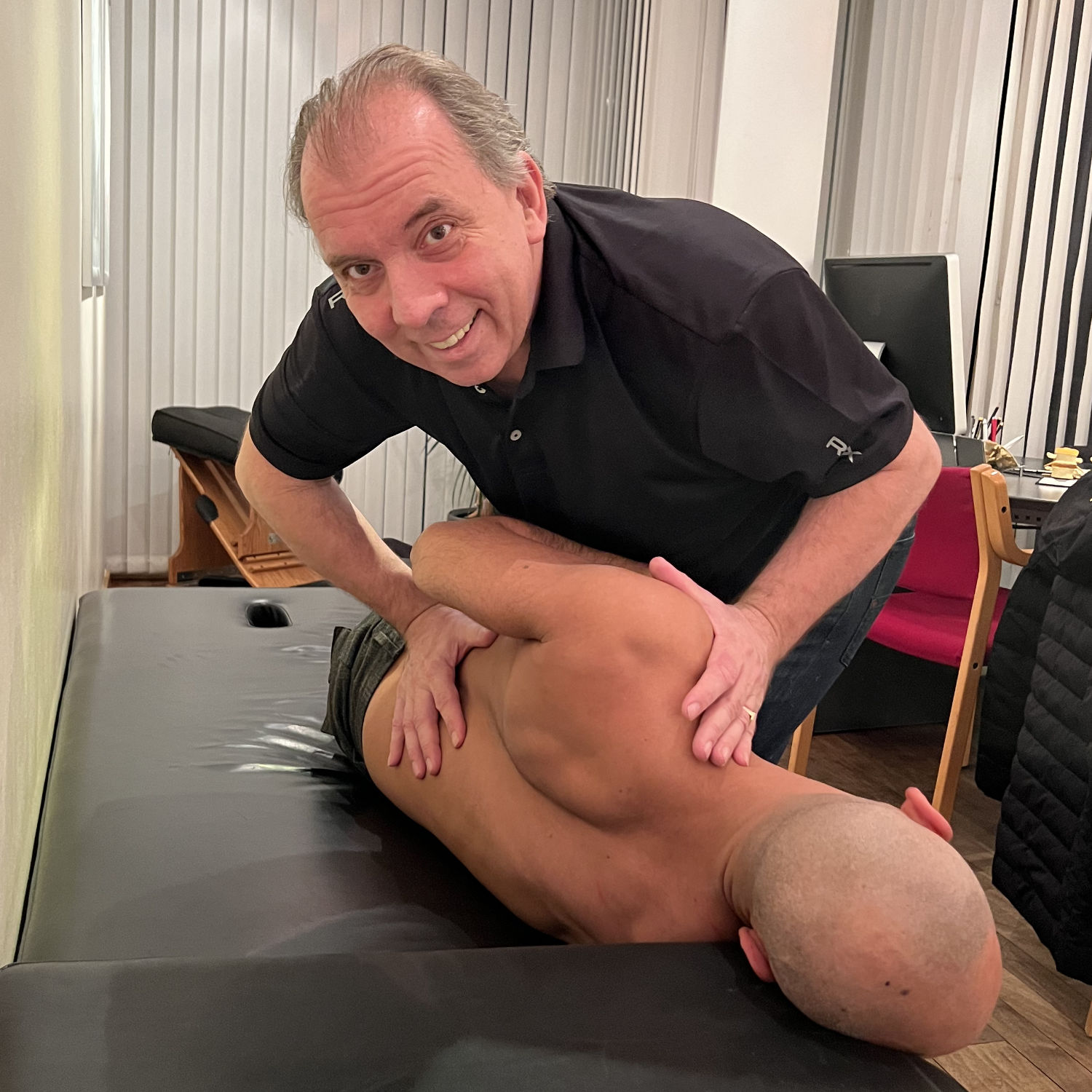
Training
Osteoarthritis patients should exercise several times a week under professional supervision. The aim of the training is to strengthen the muscles in general, but especially the worn joints. However, it is important to make sure that the exercises are not too difficult but not too easy either.
Conclusion
With the usual forms of treatment for joint pain in Germany, patients are discharged with a diagnosis of osteoarthritis after long, usually unsuccessful treatment. A shocking diagnosis for the patients. Nevertheless, patients should bear in mind that the pain often has a less devastating cause. But even if the diagnosis is confirmed on X-rays, it remains to be said that in most cases of osteoarthritis, the symptoms can be alleviated or even completely eliminated with chiropractic.
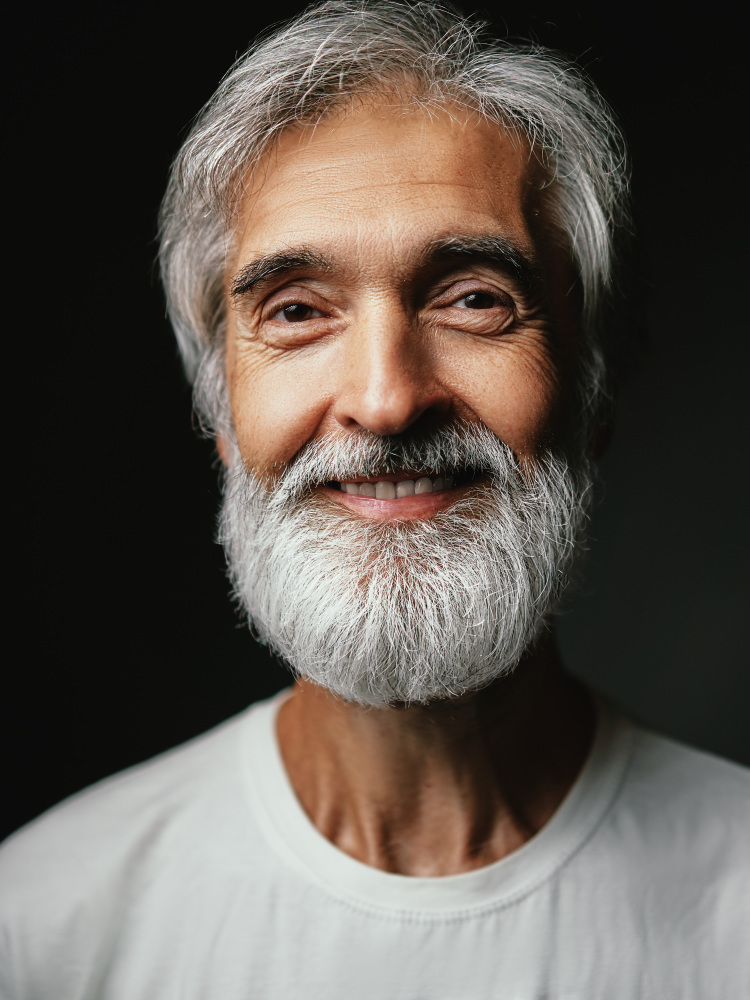
Contact us
+49 (0) 40461420
Telephone times
Monday – Thursday – 08:00 – 13:00 & 14:00 – 18:00
Friday – 08:00 – 17:00
Saturday & Sunday – closed
